«I won't go to Black! It's with bacteria!», «Oh! Yes, Azov is really dangerous!"- you say, but you can't even imagine which sea is the dirtiest. Our Top 10 will help you figure out where they are about to trumpet about a man-made disaster (if they haven't already).
10. Red Sea
Fall of fish production by 70% + dangerous tourists.
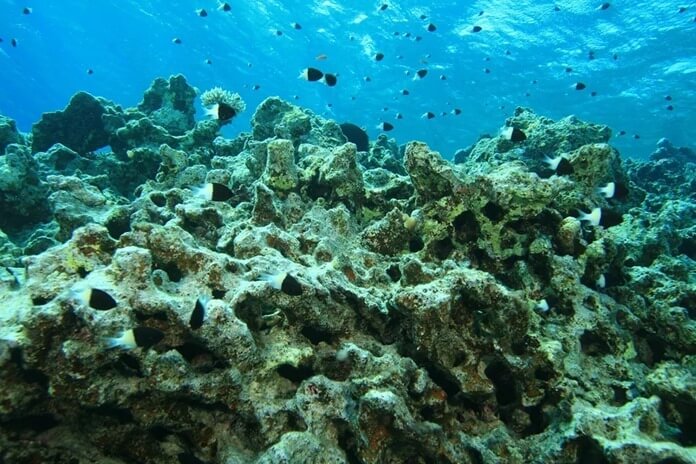 The waters spread over 438,000 km², and the sea is considered the saltiest in the world, because not a single freshwater river flows into it. The concentration of pollutants only increases (plastic bottles, bags, candy packaging), and the reservoir is "crushed" due to evaporation. According to some reports, the amount of fish caught has decreased by 70%. The reason is simple: aquatic vertebrates simply die under the dominance of plastic and polyethylene.
The waters spread over 438,000 km², and the sea is considered the saltiest in the world, because not a single freshwater river flows into it. The concentration of pollutants only increases (plastic bottles, bags, candy packaging), and the reservoir is "crushed" due to evaporation. According to some reports, the amount of fish caught has decreased by 70%. The reason is simple: aquatic vertebrates simply die under the dominance of plastic and polyethylene.
9. Caspian Sea
Increased concentration of phenol + mass death of sturgeon.
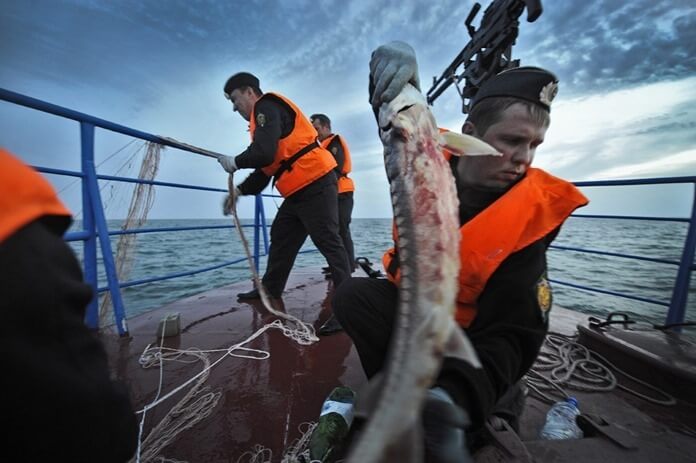 The largest closed lake with an area of 371,000 km² is dying under the pressure of oil rigs and barges. just imagine that the concentration of phenol here is 6 (!) times higher than the permissible standards. So far, the "black gold" miners are fighting off environmentalists and the public, continuing to pollute the waters of the Caspian with processed products. Poachers also add to the problems, arranging a real hunt for salmon and sturgeon.
The largest closed lake with an area of 371,000 km² is dying under the pressure of oil rigs and barges. just imagine that the concentration of phenol here is 6 (!) times higher than the permissible standards. So far, the "black gold" miners are fighting off environmentalists and the public, continuing to pollute the waters of the Caspian with processed products. Poachers also add to the problems, arranging a real hunt for salmon and sturgeon.
8. Sea of Japan
Oil spills on 90% of the area of the bays + the content of phenols and pesticides is 10 times higher than normal.
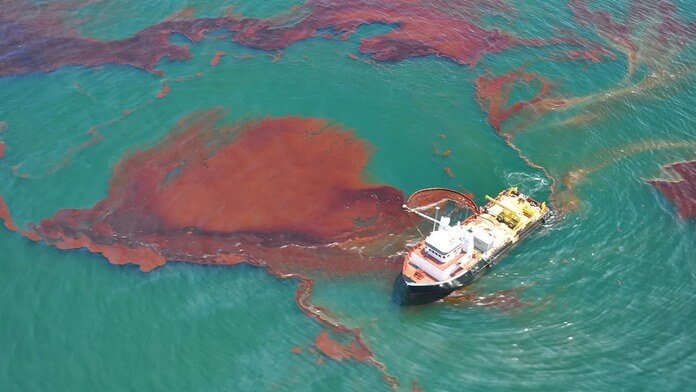 The waters wash the territory of 4 states at once (DPRK, Russia, Republic of Korea and Japan), spread over 1,062,000 km². This is not the dirtiest sea, but just imagine that here:
The waters wash the territory of 4 states at once (DPRK, Russia, Republic of Korea and Japan), spread over 1,062,000 km². This is not the dirtiest sea, but just imagine that here:
- nuclear bases and submarines were buried;
- mothballed radioactive substances from "obsolete" warships;
- particles of mercury, arsenic, phosphorus, nitrogen, lead are floating;
- the amount of hydrogen sulfide increases;
- full of petroleum products and dangerous phenols.
7. Laccadive Sea
Metropolis gutter + content of heavy metals in 0.6 ml per 1 liter.
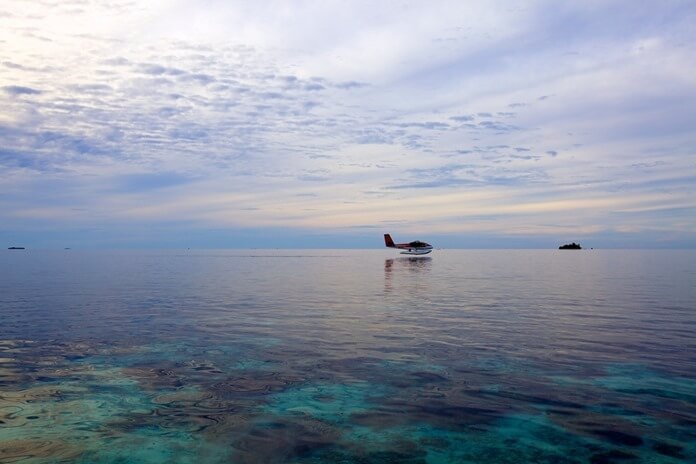 A body of water with an area of 786,000 km² "neighbors" large settlements, and this proximity is definitely not good. Laccadia water is a test tube from a chemical laboratory, which contains radionuclides, carcinogens, arsenic, salts of heavy metals, and mercury particles ... Scientists are sounding the alarm, because the concentration of heavy metals in ports reaches 0.3-0.6 ml per liter. This is 6 times higher than the maximum permissible values.
A body of water with an area of 786,000 km² "neighbors" large settlements, and this proximity is definitely not good. Laccadia water is a test tube from a chemical laboratory, which contains radionuclides, carcinogens, arsenic, salts of heavy metals, and mercury particles ... Scientists are sounding the alarm, because the concentration of heavy metals in ports reaches 0.3-0.6 ml per liter. This is 6 times higher than the maximum permissible values.
6. South China Sea
China's claims + threat of destruction of 121 reefs.
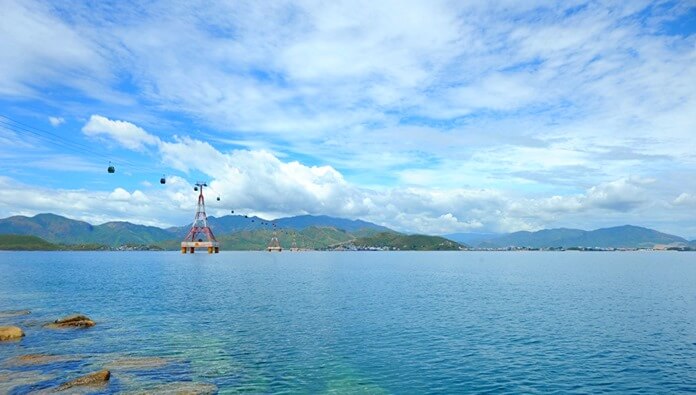 The reservoir with an area of 3,537,289 km² bears the title of the dirtiest in the Southern Hemisphere. The key problem is China's desire to capture up to 86% of the space and build cities on reefs and rocks. Of course, sewage, chemical waste, oil particles, radionuclides will burst into waves, and thousands of rare reefs will die. The threat is posed by climate change, discharges of agricultural fertilizers, and fishing by poachers. A little more - and the title "The Dirtiest Sea in the World" is secured.
The reservoir with an area of 3,537,289 km² bears the title of the dirtiest in the Southern Hemisphere. The key problem is China's desire to capture up to 86% of the space and build cities on reefs and rocks. Of course, sewage, chemical waste, oil particles, radionuclides will burst into waves, and thousands of rare reefs will die. The threat is posed by climate change, discharges of agricultural fertilizers, and fishing by poachers. A little more - and the title "The Dirtiest Sea in the World" is secured.
5. Azov Sea
An increase in the concentration of phenols by 7 times + man-made disasters!
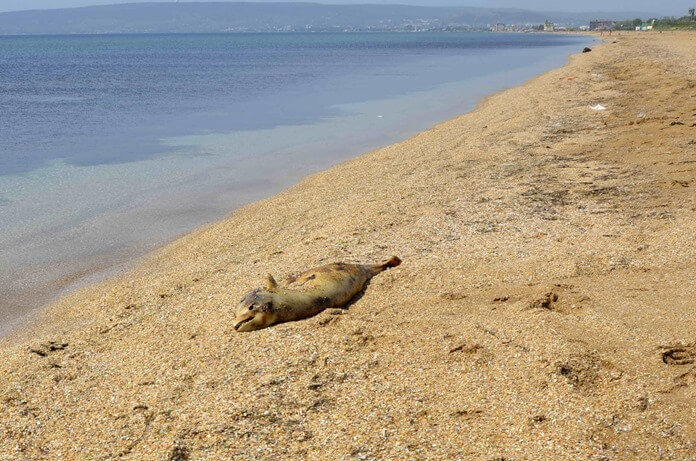 The facility with an area of 39,000 km² has been under the threat of disaster more than once. If in Soviet times the sea was famous for its fishing potential, today ecologists are sounding the alarm (aquatic vertebrates are dying due to carcinogens).The concentration of thiocyanates in the waters is 12 times higher than the established norms. In some parts, the oil content exceeds the MPC 150 times!
The facility with an area of 39,000 km² has been under the threat of disaster more than once. If in Soviet times the sea was famous for its fishing potential, today ecologists are sounding the alarm (aquatic vertebrates are dying due to carcinogens).The concentration of thiocyanates in the waters is 12 times higher than the established norms. In some parts, the oil content exceeds the MPC 150 times!
The problem is not only in enterprises that are actively dumping pollution into Azov. Dry cargo ships and tankers periodically sink in the waters. For example, in 2007 there was just one of these accidents. As a result, 1,300 tons of fuel oil were thrown into the sea.
4. Baltic Sea
500 tons of chemical weapons + 50 tons of cadmium annually.
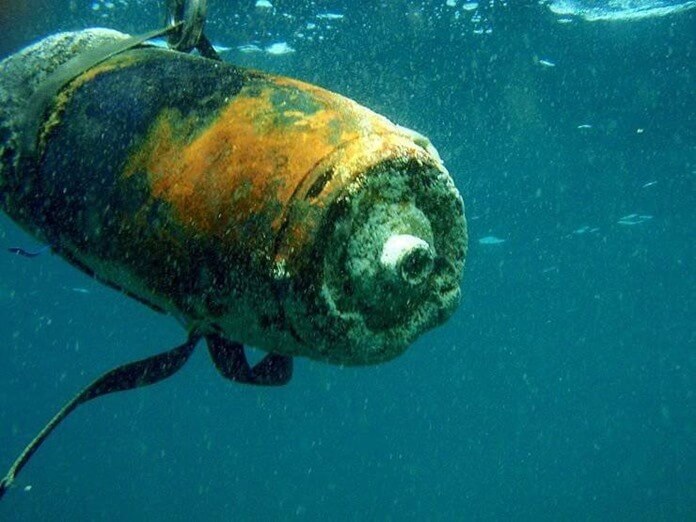 The area of 415 thousand km² is a real "chemical / nuclear barrel". Since 1951, the water area of the "Baltic" was used for the disposal of chemical weapons, charges and bombs. For 60 years, protective packaging has rusted, and all the "good" rises up. Enterprises as well as tankers / bulk carriers add to the problems. Each year, about 33 tons of mercury per 21 thousand km3 are thrown into the waters. The amount of copper - 4,000 tons and more, lead - more than 3,000.
The area of 415 thousand km² is a real "chemical / nuclear barrel". Since 1951, the water area of the "Baltic" was used for the disposal of chemical weapons, charges and bombs. For 60 years, protective packaging has rusted, and all the "good" rises up. Enterprises as well as tankers / bulk carriers add to the problems. Each year, about 33 tons of mercury per 21 thousand km3 are thrown into the waters. The amount of copper - 4,000 tons and more, lead - more than 3,000.
3. Mediterranean Sea
Up to 1,000,000 tons of oil per year + 100 thousand tons of mercury.
 Jacques-Yves Cousteau also called the waters a “garbage dump,” and today, on an area of 2,500,000 km², not much has changed. Planning a vacation in Italy, Montenegro, France or Cyprus? Keep in mind that up to 1,000,000 oil and oil products are dumped into the Mediterranean Sea every year. In the 1990s, the WHO began to sound the alarm, because 12,000 tons of phenols, 800,000 tons of nitrogen, and 3,800 tons of lead were dumped in the water area.
Jacques-Yves Cousteau also called the waters a “garbage dump,” and today, on an area of 2,500,000 km², not much has changed. Planning a vacation in Italy, Montenegro, France or Cyprus? Keep in mind that up to 1,000,000 oil and oil products are dumped into the Mediterranean Sea every year. In the 1990s, the WHO began to sound the alarm, because 12,000 tons of phenols, 800,000 tons of nitrogen, and 3,800 tons of lead were dumped in the water area.
2. Black Sea
90% of jellyfish + the threat of a man-made disaster.
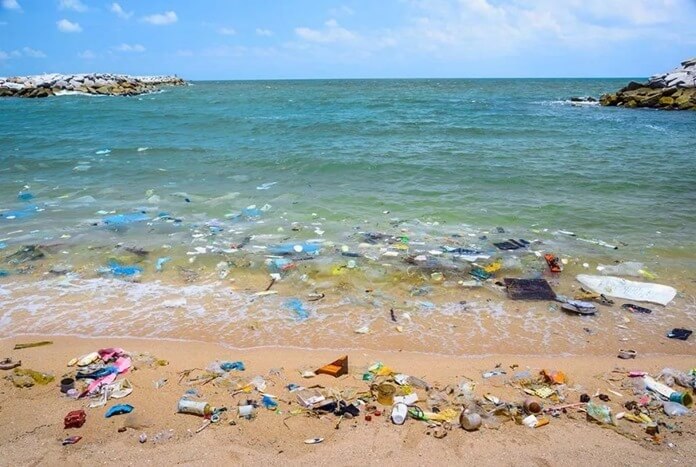 The condition of the reservoir with an area of 422,000 km² is characterized as “environmentally unfavorable”. Viktor Tarasenko (President of the Crimean Academy of Sciences) said that the Black Sea is the dirtiest sea in the world, not just in Russia. The reasons for the problems are commonplace:
The condition of the reservoir with an area of 422,000 km² is characterized as “environmentally unfavorable”. Viktor Tarasenko (President of the Crimean Academy of Sciences) said that the Black Sea is the dirtiest sea in the world, not just in Russia. The reasons for the problems are commonplace:
- Nitrates and phosphates from agricultural land;
- water pollution by oil and oil products;
- waste of human life (just imagine that about 20 European countries somehow discharge wastewater here);
- construction on the Black Sea coast (source of concrete, sand, asbestos, bricks, cement dust);
- poaching and fishing (experts from the UK came to the conclusion that the uncontrolled actions of "those who want to make money" led to a serious restructuring of the ecosystem at least 2 times in 50 years).
1.The Gulf of Mexico is the dirtiest sea
Not water, but a solid reagent.
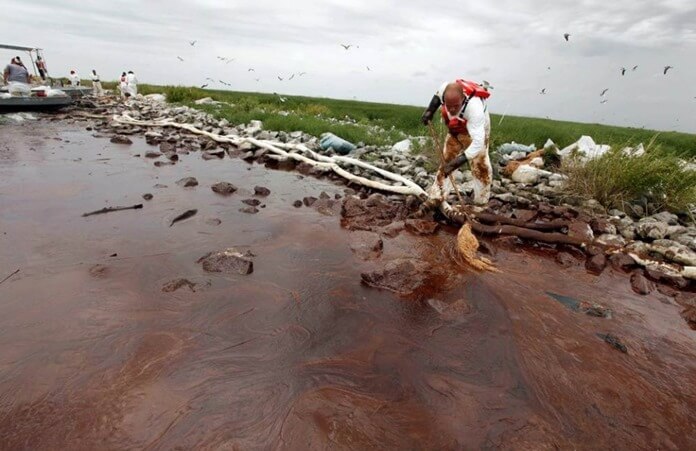 The inland sea of the Atlantic Ocean with an area of 1,543 thousand km² is a whole "chemical laboratory!" The rivers of Cuba, the USA, Mexico carry the remnants of agricultural fertilizers and sewage drains here. But this is not the worst thing, but periodic oil spills, explosions on drilling rigs and tankers. For example, in 2010, the largest oil spill in the United States occurred: more than 5,000,000 tonnes of barrels of "black gold" went into the bay, and an area of more than 75,000 km2 was literally "scorched" (the fish die instantly).
The inland sea of the Atlantic Ocean with an area of 1,543 thousand km² is a whole "chemical laboratory!" The rivers of Cuba, the USA, Mexico carry the remnants of agricultural fertilizers and sewage drains here. But this is not the worst thing, but periodic oil spills, explosions on drilling rigs and tankers. For example, in 2010, the largest oil spill in the United States occurred: more than 5,000,000 tonnes of barrels of "black gold" went into the bay, and an area of more than 75,000 km2 was literally "scorched" (the fish die instantly).
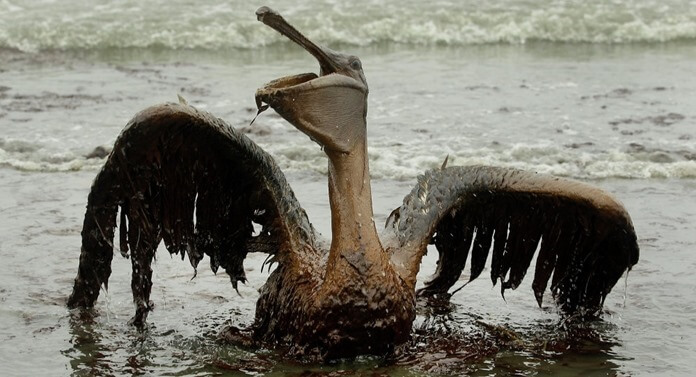
If people want to rest on clean water bodies, they need to remember about ecology!

